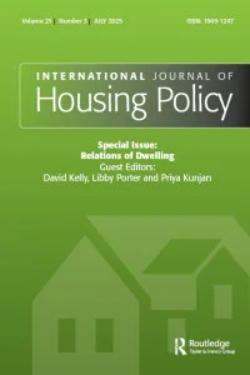
The politics of middle-class housing: Comparing the Dutch and Polish attempts to support housing for the ‘squeezed middle’
This paper investigates the extent to which different housing regimes addressthe challenges faced by the ‘squeezed middle’, and how they do so. Drawingfrom Jim Kemeny’s theory of housing regimes, the paper compares housingpolicies implemented since 2015 in the Netherlands, representing a unitaryregime, and Poland, characterised as a dualist regime. It reveals that, whileboth countries have attempted to help middle-income households accessbelow-market-rate housing, they have taken contrasting policy approaches. InPoland, after failed attempts to shift from a dualist to a unitary regime, policiesultimately reemphasized homeownership, leaving the market rental sectorunregulated. Conversely, recent Dutch policies have reinforced the unitaryregime by expanding the affordable housing sector to include middle-incomeearners. Overall, the study highlights a growing trend towards housing policiestargeting the middle class. Moreover, the findings underscore the relevance ofKemeny’s housing regime typology in Poland and its continued pertinence inthe Dutch context.




